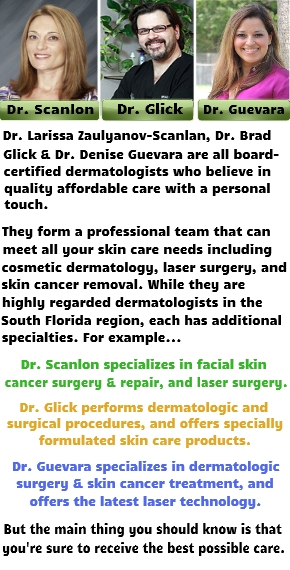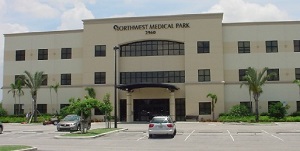 Whether through age, sun damage, acne, or other causes, there are a number of reasons why skin can lose it’s suppleness and begin to look wrinkled or less healthy than you would like. Fortunately, dermatologists have a number of options for dealing with these concerns, and helping you to achieve smoother, younger looking skin.
Whether through age, sun damage, acne, or other causes, there are a number of reasons why skin can lose it’s suppleness and begin to look wrinkled or less healthy than you would like. Fortunately, dermatologists have a number of options for dealing with these concerns, and helping you to achieve smoother, younger looking skin.
Two fairly common skin rejuvenating procedures are dermabrasion and microdermabrasion. At first glance, the two terms would seem to be closely related. But the procedures themselves are quite different. If you’re considering one of these procedures, I’ll provide a brief overview so that you can decide which one may be right for you.
Microdermabrasion
If your face is showing fine lines or mild acne scaring, then you may want to consider microdermabrasion to smooth out those areas of your skin. The procedure involves the use of a specialized machine to, in essence, sand or peel away the upper layer of dead skin. We’re talking about a layer that is only 10-15 microns deep. So this is not a very invasive procedure at all.
There are a couple of different types of machines than can be used for the procedure. But the one that has been around the longeest is akin to a little handheld sandblaster that uses rotating aluminum oxide crystals to exfoliate the skin.
By most accounts the procedure is not painful. Your face may show a bit of reddness in the affected area for a couple of hours, but you can go about your day.
Just keep in mind that because this procedure is so mild, it may take multiple applications to get the result you want.
Dermabrasion
If your face is showing deep scarring from the aftermath of acne or it has wrinkled lines around the mouth and other places, you could be a candidate for dermabrasion.
Now, dermabrasion is much more invasive than microdermabrasion. Since the skin problem runs deeper, that will require a more aggressive treatment. As such, the dermabrasion machine will be set to sand away more layers of the skin.
The dermatologist will like apply a local anesthetic to numb the affected area. And if the procedure requires even deeper sanding, he or she may use an additional skin freezing spray. Depending on the size of the affected area, the treatment could take up to an hour to complete. All in all, you should not feel any pain during the procedure.
When it’s all done, your raw sensitive skin will need 7 to 10 days to heal. And the dermatologist may give you an ointment to sooth the area and help it heal. But the results should be quite noticeable.
So now you know what microdermabrasion and dermabrasion are and how they differ. But before making a decision on which one might be right for you, it’s best to have a consultation with a Coral Springs dermatologist. As mentioned, these are not the only options. Give us a call at 954-906-9099.


